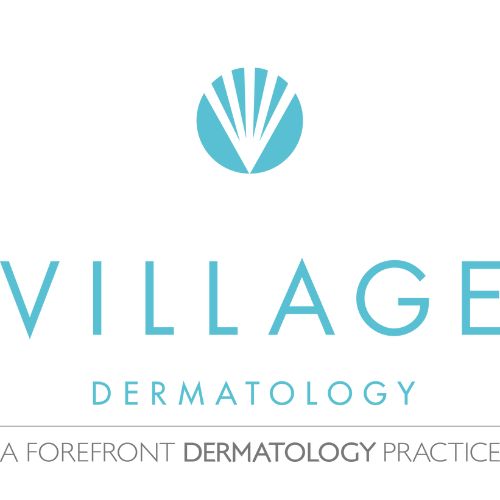Skin Cancer/Moles
Skin cancer is a growing problem in the United States. The three most common types are basal cell carcinoma, squamous cell carcinoma, and melanoma. While skin cancer occurs most commonly in older adults, young adults and even children can be affected. Risk factors include ultraviolet light exposure (from sunlight and tanning beds), immunosuppression, smoking, human papillomavirus (HPV) infection, exposure to ionizing radiation and certain chemicals, long-standing skin inflammation, and certain genetic disorders. Having fair skin, a history of blistering sunburns, and/or a family history of skin cancer also increases the risk. Keep in mind, that though sun exposure is an important risk factor, skin cancers can occur in areas that never see the sun!
Signs/symptoms of skin cancer may include a new, changing, and or growing bump or discolored skin lesion. Bleeding, itching, and pain are also warning signs. Any of these signs or symptoms should prompt a visit to your dermatology provider as soon as possible. Early detection is important. Your provider may perform a skin biopsy to make a diagnosis.
If skin cancer is confirmed with a skin biopsy, the next step is treatment. Some smaller skin cancers can be managed with chemotherapy creams or minor surgical procedures, while other types of skin cancers may require larger surgical removals or Mohs surgery. If you have questions about your treatment options, ask your provider.
Moles (or nevi) are benign growths of melanocytes, or nevus cells, in your skin. They may be skin-colored, pink, blue, black, or brown. Sometimes, they are present at birth, but most moles appear in adolescence and early adulthood. Most moles are not dangerous, can be monitored, and do not need to be removed. However, sometimes, skin cancers can arise within them. Therefore, it is important to see a dermatologist with any changes to an existing mole or the appearance of a new mole.
The most important thing you can do to prevent skin cancer is to protect yourself from the sun and have routine skin checks. Avoid tanning beds, and wear sunscreen and sun-protective UPF clothing. Daily sunscreen is recommended, not just when you are at the beach!
Our Board Certified Dermatologists and Dermatology Physician Assistants are highly skilled at detecting precancers and skin cancers. We recommend annual skin exams (or more often based on your history). We often find skin cancers in areas that patients cant self-examine like the scalp and back, and we find that patients often overlook the initial signs of skin cancer. Early detection saves lives!
For additional education on skin cancer please check out our blog on 6 Myths About Skin Cancer.
Fill out the form below to schedule an appointment or consult with one of our Board Certified Dermatologists.
"*" indicates required fields

